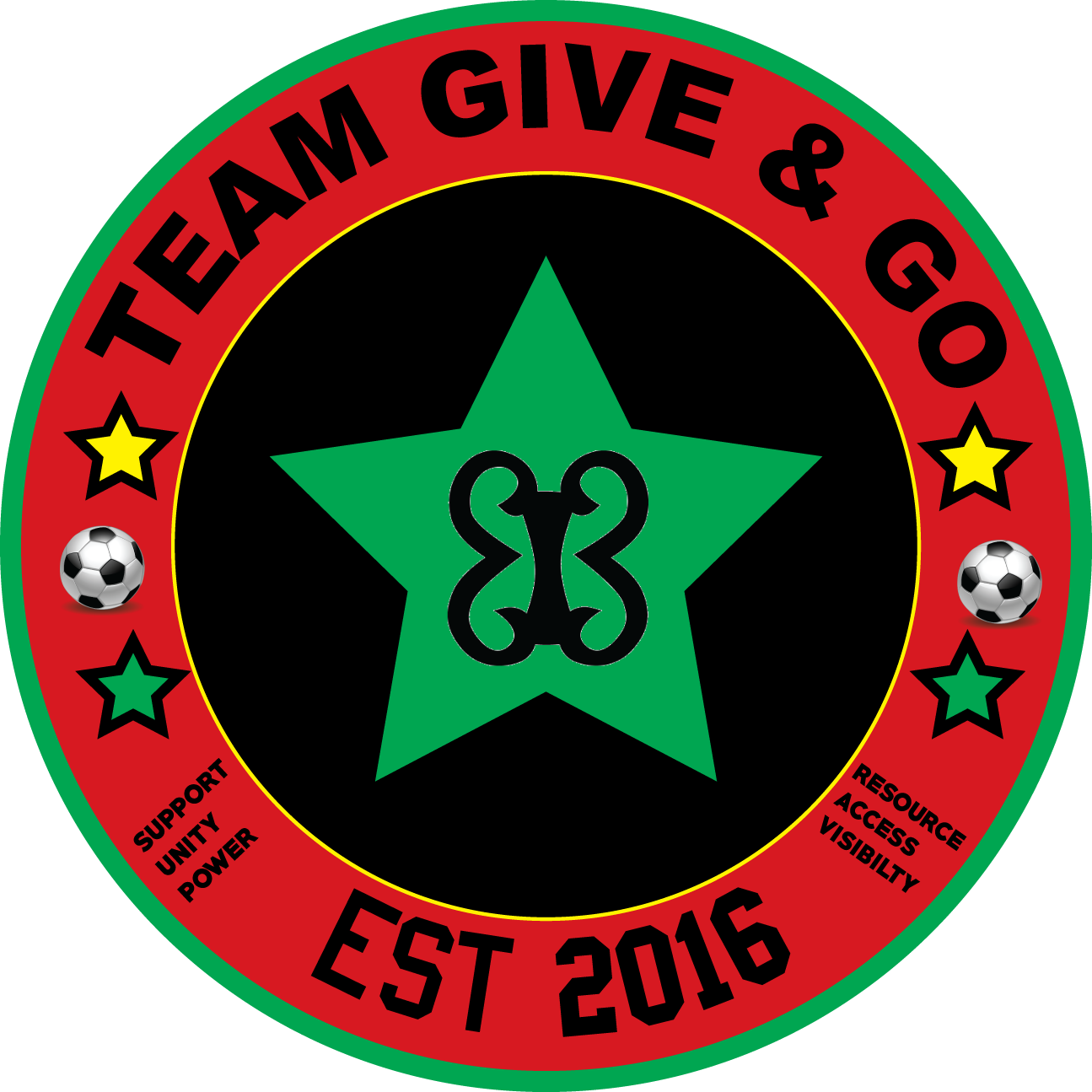The "pay-to-play" model in American youth soccer refers to a system in which young players and their families are required to pay fees to participate in organized soccer programs, typically through clubs or academies. This model has been scrutinized lately from a number of notable players like Alex Morgan on the development of soccer in the United States. We tend to side with Alex on this. Look at the pro’s and con’s of the pay for play model.
Positive Impacts:
Access to Resources: Pay-to-play clubs often provide resources and coaching that can help young players develop their skills. These clubs may have well-maintained facilities, experienced coaches, and access to tournaments and competitions that can be beneficial for player development.
Structured Development: Pay-to-play clubs can offer structured and organized development pathways, with teams at different skill levels. This can help players progress and improve their abilities.
Competition: Pay-to-play programs often feature competitive leagues and tournaments, which can help players test their skills and improve by playing against strong opponents.
Negative Impacts:
Barriers to Entry: The most significant drawback of the pay-to-play model is that it creates financial barriers for many young players and their families. The cost of participation, including club fees, travel, equipment, and other expenses, can be prohibitive for some.
Limited Diversity: The pay-to-play model often results in a lack of diversity in the sport, as it disproportionately affects lower-income communities. This can limit the talent pool and overall diversity in soccer.
Talent Development Gap: Many talented players may be excluded from the system due to financial constraints, limiting the talent pool from which top players can be identified and developed.
Pressure on Young Athletes: The financial investment required in the pay-to-play model can put a lot of pressure on young athletes and their families. There is a risk of focusing more on financial commitment than player development.
Inequality: The model can reinforce inequality within youth soccer, as players from affluent families may have access to better coaching and resources, creating disparities in opportunities.
In recent years, there has been a growing recognition of the need to address the issues associated with the pay-to-play model in American soccer. Efforts are being made to reduce financial barriers, increase accessibility, and create pathways for talented players from all backgrounds to participate and succeed in the sport. Initiatives such as scholarship programs, grassroots development, and community-based soccer have aimed to make the sport more inclusive.
It's important to note that the impact of the pay-to-play model can vary depending on the specific club, region, and age group. Overall, addressing the challenges associated with this model is a priority for those looking to promote soccer development in the United States like Team Give & Go, who is trying to make the sport more accessible to a wider range of young players.


